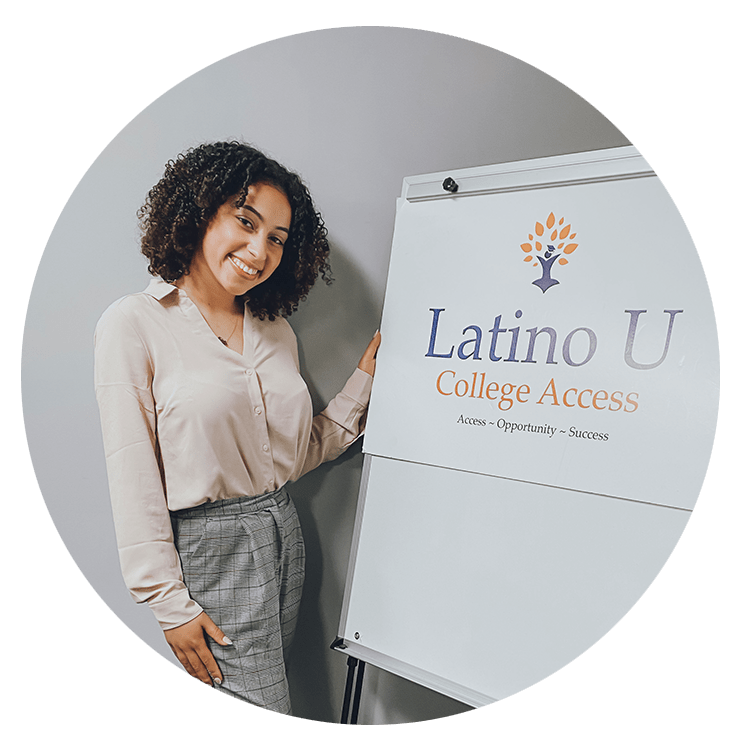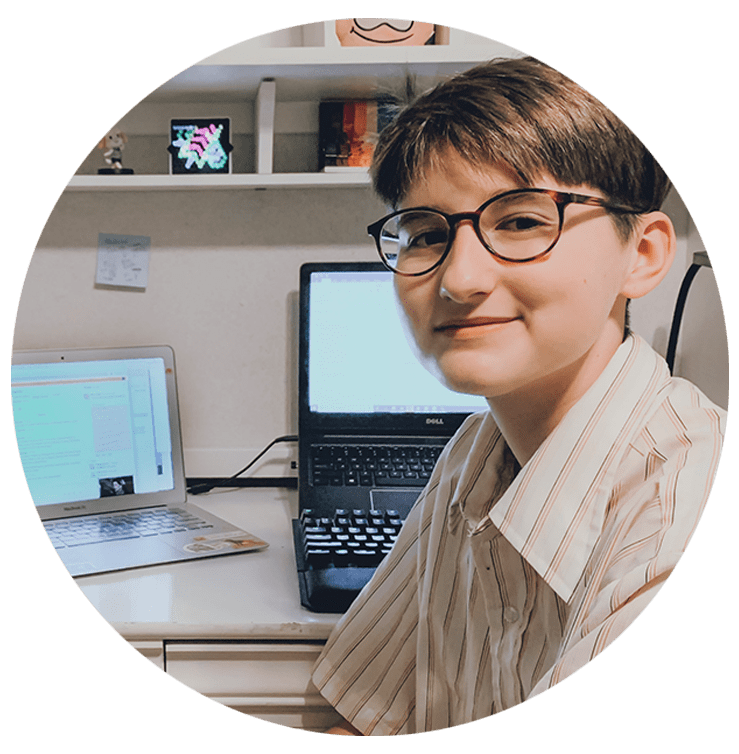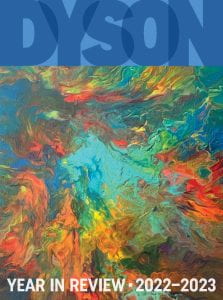Since 2009, the Helene T. and Grant M. Wilson Center for Social Entrepreneurship at Pace University has funded summer internships at nonprofits in the New York area, connecting students to real-world opportunities with organizations making a difference in our community.
These kinds of experiences are at the heart of the mission of the Wilson Center, which was founded with the aim to hone “the risk-taking spirit and managerial skills of nonprofit organizations” and to be a leading resource for entrepreneurial training and research.
Three Dyson students share how these unique experiential learning opportunities had a profound impact on their goals and their futures.
 Sofia Filipe ’24, Communications
Sofia Filipe ’24, Communications
Program Intern at Latino U College Access
Valhalla, New York
About the internship: Founded by Pace alumna Shirley Acevedo Buontempo ’84, ’10, Marketing (Lubin), MPA, Latino U College Access (LUCA) works to aid low-income, first-generation Latinx students on their journeys to and through college. In addition to helping manage the company’s Salesforce database, Filipe connected with students in the program, helped plan an In the Heights screening and panel discussion for them, created social media content, and presented to middle schoolers on the importance of going to college.
What was the most rewarding part of the internship?
“Meeting the team and getting to know how passionate they are about this kind of work was the most rewarding. It made me realize how being passionate about what you do in your career is such an essential aspect of what you choose to do in life. Their work ethic and how dedicated they are to helping their students really influenced me to major in communications.
I was an undecided major going into the internship, but then once I interned, I finally declared my major. They really encouraged me to pursue communications and do the five-year accelerated program to get my master’s in digital media.”
 Zoe Kim ’22, Economics and Environmental Studies
Zoe Kim ’22, Economics and Environmental Studies
Environmental Education Intern
at Hudson River Park Trust
New York, New York
About the internship: As an environmental education intern at Hudson River Park Trust, Kim ran free or low-cost field trip programs for school groups of all ages and summer camps at the Wetlab, a live-flow native aquarium on the south side of Pier 40 in New York City. Her programs gave students hands-on lessons in native ecology, biodiversity, and respecting our local waterways. Kim also took on an independent project, leading the organization’s tree survey, which occurs every five years and focuses on collecting data on tree health and the ecological benefits along the Hudson River. She received an extension on her internship through the Fall 2021 semester and continued working with Hudson River Park Trust upon her graduation in December.
What drew you to this internship?
“I have the intersection of economics and environmental studies, which is something that is very interesting to me and very relevant because people are trying to figure out ways to create environmental policy that also considers economic influence. It’s really hard to get people to care about the environment just because it’s important, so being able to show how the economy is impacted by and tied to environmental issues is helpful when trying to create change.”
 Griffin Lalli ’24, Political Science and Peace and Justice Studies
Griffin Lalli ’24, Political Science and Peace and Justice Studies
STEM Curriculum Intern at ExpandED Schools
New York, New York
About the internship: ExpandED Schools works to provide educational enrichment opportunities to low-income communities to help K–12 students reach their full potential. Lalli assisted in analyzing and updating the organization’s after-school STEM (science, technology, engineering, and math) curriculum, specifically focusing on equity and inclusion within the program. He also worked to create an archival website to make the curriculum more accessible to K–12 educators.
What was the most rewarding part of the internship?
“When I was giving the lesson plans a ‘makeover,’ I got the go-ahead to add a new section called Career Exploration to some of them. The goal was to help students understand the career opportunities within STEM. I added careers such as epidemiologist, molecular biologist, and architect. In a lesson plan called Wiring a House, students are tasked with building a house out of cardboard and then creating circuits to illuminate the house. For those interested in this activity, I added two careers to explore—electrical engineer and general electrician—and provided video testimonies from people in these careers who live and work in New York City, and resources to get a jump start on these careers.”

